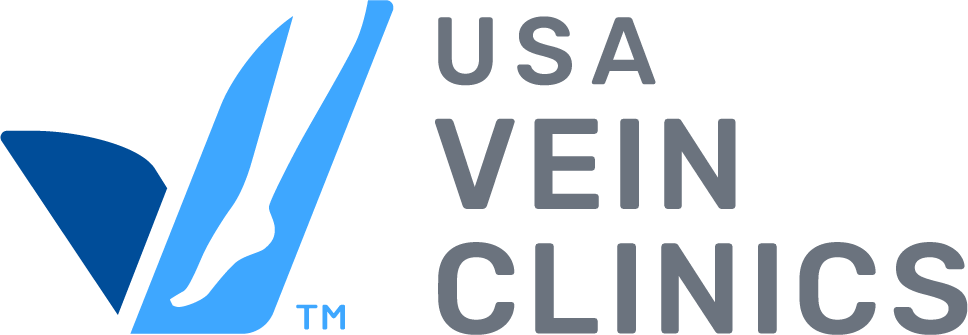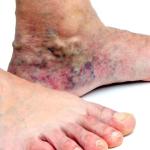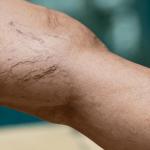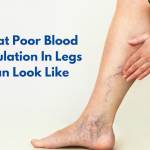
Varicose veins affect millions of people every year, and they’re much more than a cosmetic concern. These twisted, bulging veins often appear on the legs and can cause discomfort, swelling, and even long-term health complications if left untreated.
Understanding how common varicose veins are—and what you can do about them—can help you take charge of your vein health before symptoms worsen.
What Are Varicose Veins?
Varicose veins occur when the valves in your veins stop working properly. Instead of moving blood smoothly back to your heart, these valves allow blood to pool, causing the vein to enlarge, twist, and sometimes bulge through the skin.
They’re typically:
-
Blue or dark purple
-
Raised and rope-like
-
Accompanied by symptoms like aching, swelling, or burning sensations in the legs
Many people assume varicose veins are harmless or purely cosmetic, but they can signal a deeper issue: chronic venous insufficiency (CVI), a progressive condition that can impact circulation and quality of life.
How Common Are Varicose Veins?
Varicose veins are one of the most common vein conditions in the United States.
Here’s what the numbers show:
-
Around 25% of adults will experience varicose veins.
-
That’s over 40 million Americans—and growing.
-
Women are more likely than men to develop them, especially during or after pregnancy.
-
Risk increases significantly with age, family history, and lifestyle factors.
Who Is Most at Risk?
While anyone can develop varicose veins, certain risk factors make it more likely:
-
Genetics: If your parents had them, you probably will too.
-
Age: Vein walls and valves naturally weaken as you get older.
-
Gender: Hormonal changes linked to menstruation, pregnancy, and menopause increase risk.
-
Pregnancy: Increased blood volume and pressure can enlarge veins.
-
Obesity: Extra weight puts more pressure on your legs.
-
Prolonged sitting or standing: Common in many occupations.
-
Lack of movement: Poor circulation worsens vein function.
Symptoms to Watch For
Even if you’re not in pain, varicose veins can cause symptoms that worsen over time:
-
Heaviness or fatigue in the legs
-
Swelling in the lower legs or ankles
-
Throbbing, burning, or itching near the veins
-
Skin discoloration or dryness near the ankles
-
Restless legs or muscle cramps
-
Development of ulcers or sores near the affected area
If left untreated, varicose veins can lead to complications like leg ulcers, blood clots, or deep vein thrombosis (DVT).
What Treatments Are Available?
The good news is that today’s vein treatments are fast, effective, and minimally invasive. Most procedures are done in-office with little to no downtime.
Common treatment options include:
-
Endovenous Laser Therapy (EVLT)
-
Radiofrequency Ablation (RFA)
-
Sclerotherapy
-
ClariVein® or Varithena® injections
-
Compression stockings for temporary relief
Most insurance plans cover vein treatment when symptoms are present, so don’t hesitate to get evaluated.
You Deserve to Feel Better
If varicose veins are making your legs feel heavy, tired, or uncomfortable—or if you’re simply ready to feel more confident—it may be time to explore treatment options.
Varicose veins are common, but that doesn’t mean you have to live with them.





